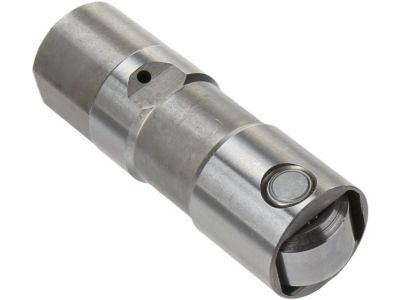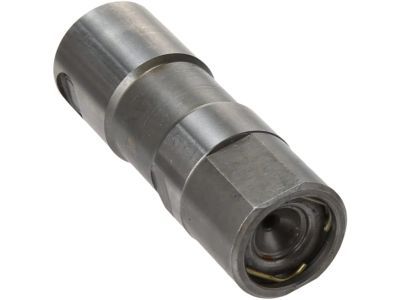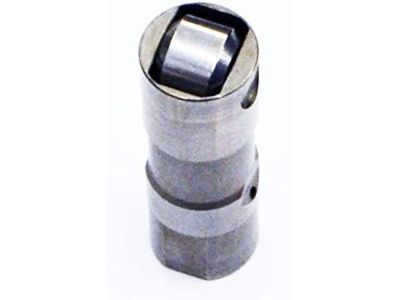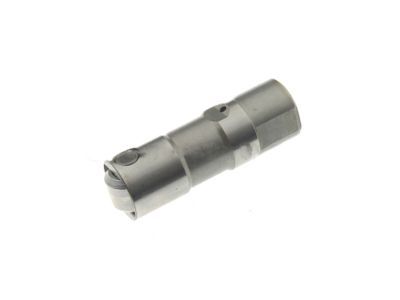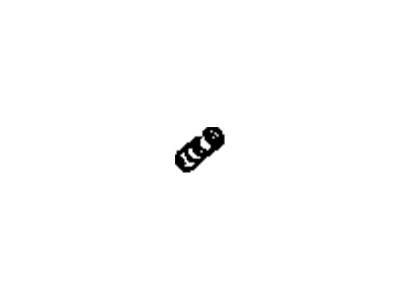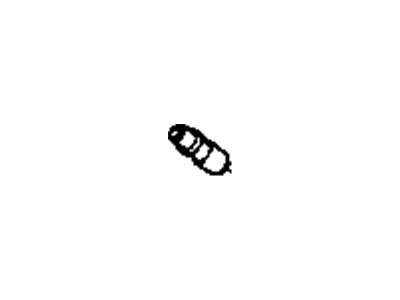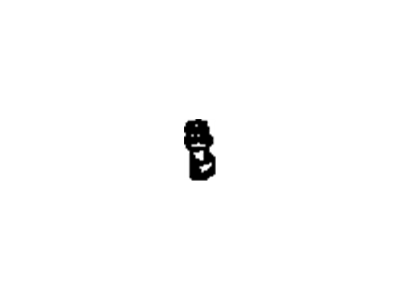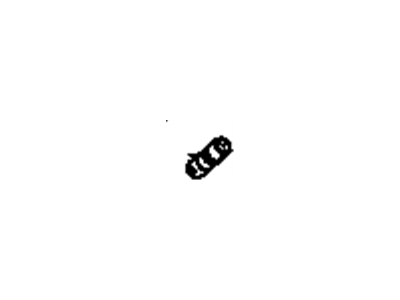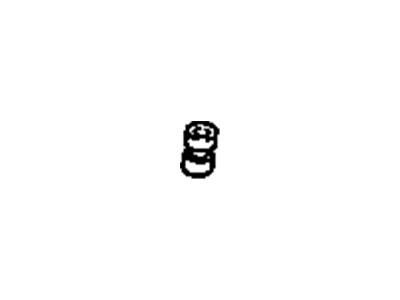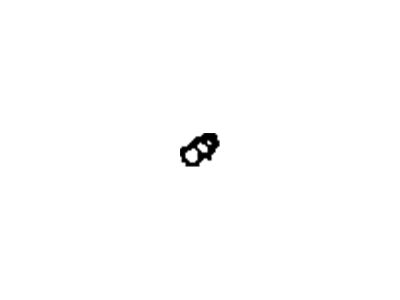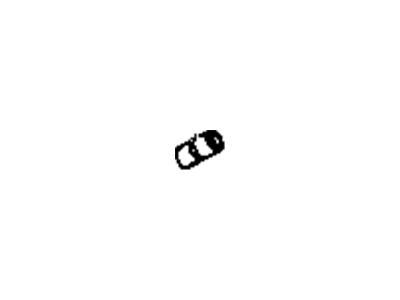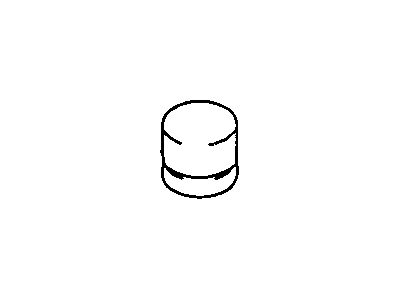
My Garage
My Account
Cart
Genuine Oldsmobile Cutlass Lash Adjuster
Lash Adjuster Lifter- Select Vehicle by Model
- Select Vehicle by VIN
Select Vehicle by Model
orMake
Model
Year
Select Vehicle by VIN
For the most accurate results, select vehicle by your VIN (Vehicle Identification Number).
16 Lash Adjusters found
Oldsmobile Cutlass Lifter,Valve
Part Number: 17122490$37.31 MSRP: $61.75You Save: $24.44 (40%)Ships in 1-2 Business DaysOldsmobile Cutlass Lifter Assembly, Valve
Part Number: 5234530$45.61 MSRP: $75.50You Save: $29.89 (40%)Ships in 1-2 Business DaysOldsmobile Cutlass Lifter,Valve
Part Number: 5234200$13.31 MSRP: $21.24You Save: $7.93 (38%)Ships in 1-3 Business DaysOldsmobile Cutlass LIFTER ASM-VLV
Part Number: 12721202$73.98 MSRP: $179.14You Save: $105.16 (59%)Ships in 1-3 Business DaysOldsmobile Cutlass Lifter Assembly, Valve
Part Number: 5234305$10.48 MSRP: $15.86You Save: $5.38 (34%)Oldsmobile Cutlass Lifter,Valve
Part Number: 17120070$21.57 MSRP: $34.39You Save: $12.82 (38%)Ships in 1-2 Business DaysOldsmobile Cutlass Lifter,Valve
Part Number: 17120090$37.02 MSRP: $61.26You Save: $24.24 (40%)Ships in 1 Business DayOldsmobile Cutlass LIFTER ASM-VLV
Part Number: 12721201$64.69 MSRP: $103.19You Save: $38.50 (38%)Ships in 1-3 Business DaysOldsmobile Cutlass Lifter Assembly, Hydraulic Valve (.010"Os)
Part Number: 5234390$3.71 MSRP: $41.02You Save: $37.31 (91%)Ships in 1-2 Business DaysOldsmobile Cutlass Lifter Assembly, Valve
Part Number: 5234680$29.79 MSRP: $51.94You Save: $22.15 (43%)
Oldsmobile Cutlass Lash Adjuster
The Lash Adjuster in Oldsmobile Cutlass vehicles plays the critical role of lifting the valve closer to the camshaft, thus ensuring that the engine runs without any friction and in the process reduce the rate of wear and tear on the engine. This component, commonly termed as a tappet works to translate the rotational movement of the camshaft to a linear movement that is necessary to open and close the intake and exhaust valves. The following are some of the Lash Adjusters that have been used in Oldsmobile Cutlass models over the years; solid, hydraulic and roller tappets. Hydraulic Lash Adjusters which automatically control the clearance by oil pressure are widely used today due to their reduced adjustment requirements. Hydraulic roller tappets are also used in the modern designs due to their lesser friction and increased efficiency and we can see how the Lash Adjusters have advanced over the years in the Oldsmobile Cutlass series.
Each OEM Oldsmobile Cutlass Lash Adjuster we offer is competitively priced and comes with the assurance of the manufacturer's warranty for the part. Furthermore, we guarantee the speedy delivery of your orders right to your doorstep. Our hassle-free return policy is also in place for your peace of mind.
Oldsmobile Cutlass Lash Adjuster Parts Questions & Experts Answers
- Q: How can you diagnose and address issues with hydraulic lash adjusters in V8 engine on Oldsmobile Cutlass?A:In general, hydraulic lash adjusters are rather durable and do not require much attention to be paid to them. A noisy adjuster can be checked while the engine is running by putting a section of hose or tubing in contact with each intake or exhaust adjuster and listening to what is at the other end. As for the other ideas, touching each of the valve spring retainers with the finger, after the rocker cover has been unbolted, would lead to the feel of a bad adjuster through the shock as the valve seats down. If so, noise may be due with dirt got between the plunger and adjuster body when adjustments are correct. To get rid of the adjusters you have to eliminate the Intake Manifold with the valve cover and then, with the help of a lift rod pusher, you can pull each push rod out of the cylinder block. Where possible a special tool can be used to pull out the adjusters or a sharp scribe can be used to force up the adjusters instead using pliers on the adjuster body. Often, stuck adjusters can be released through the use of carb cleaner around the body of the adjuster and gently pumping the adjuster. It is also essential to store and label all the adjusters such that reinstallation of each adjuster is not mixed up with another. Once each of the adjusters is cleaned, one should look for either nicks or gauges, and if either of the two is present then replacement is required. The bottom contacting Camshaft should be inspected for scratches as well as nicks and adjusters which should be replaced in case they show convexity due to wear. On the installation of the adjusters proper care must be taken in that they must be well covered with 'Molykote' or any equivalent product if the original adjusters are to be used again, they must be fitted to proper bore. Finally, replace all the valve parts and the covers, the valve cover, and the intake manifold.
Related Oldsmobile Cutlass Parts
Browse by Year
1999 Lash Adjuster 1998 Lash Adjuster 1997 Lash Adjuster 1996 Lash Adjuster 1995 Lash Adjuster 1994 Lash Adjuster 1993 Lash Adjuster 1992 Lash Adjuster 1991 Lash Adjuster 1990 Lash Adjuster 1989 Lash Adjuster 1988 Lash Adjuster 1987 Lash Adjuster 1986 Lash Adjuster 1985 Lash Adjuster 1984 Lash Adjuster 1983 Lash Adjuster 1982 Lash Adjuster
